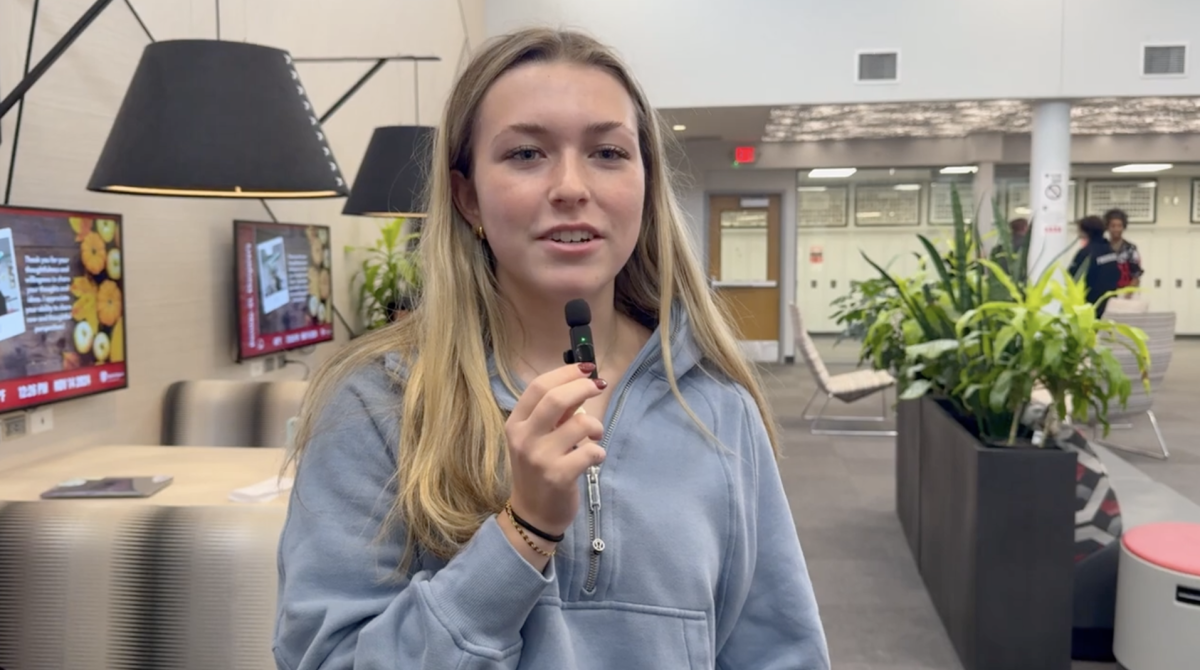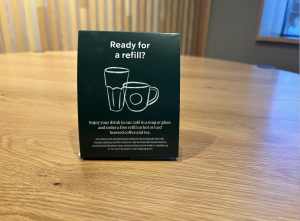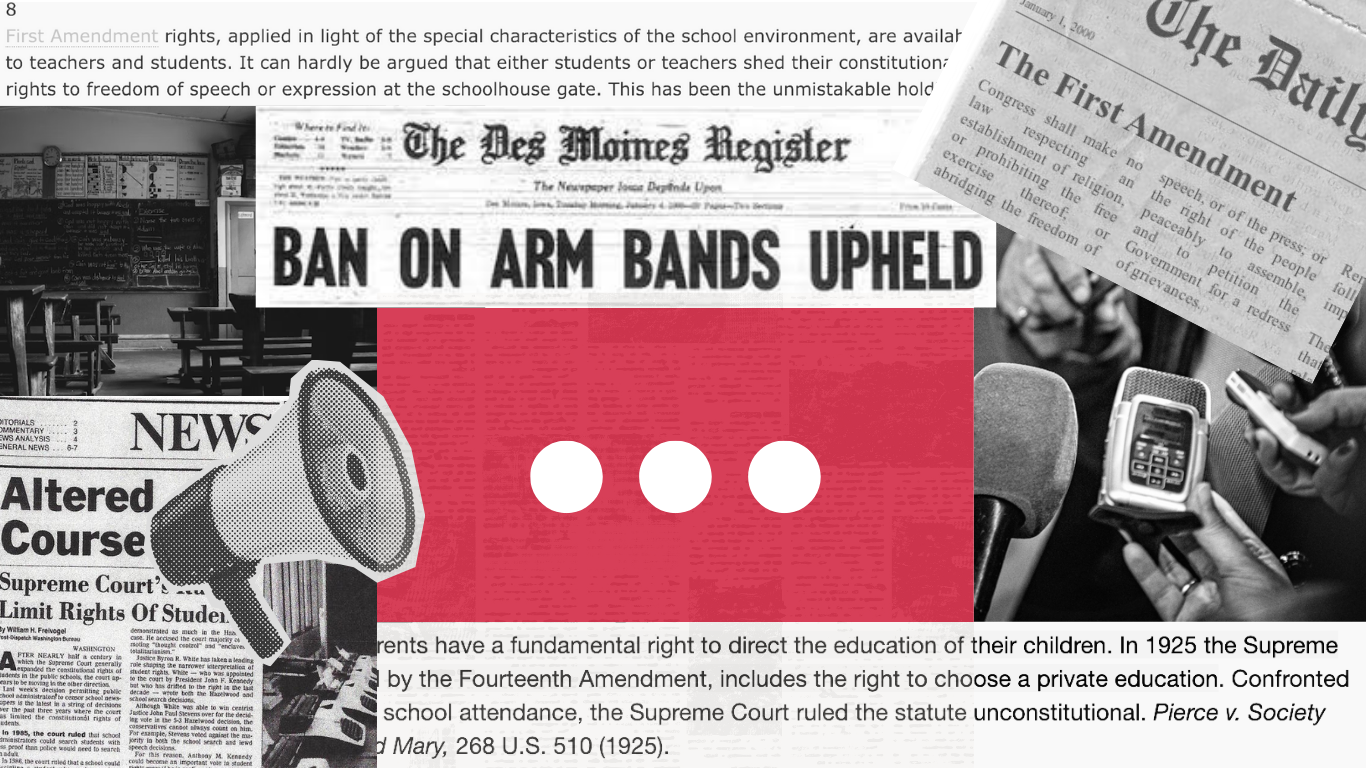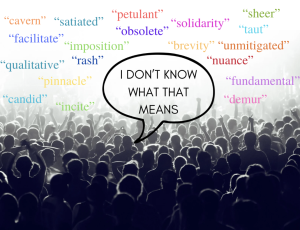Staff Ed: Black history is more than just one month
March 11, 2016
For every issue of the Knight Errant newspaper, the editorial staff meets to discuss the possible topics for our staff editorial. For this issue, our topic became clear after only a couple minutes: “We have to talk about Black History Month.” We all do. Every class, every teacher, every student needs to talk about Black History Month. But, beyond that, our community needs to talk about black history every month.
Race is hard to talk about; many of us think we lack the experience, the vocabulary, and the general perception it requires to talk about race and how it affects life today and how it affected American history. This discussion, however, is necessary and needs to be further implemented in BSM curriculum. We have to talk about black history, in February, June, September, and January––a continual conversation about continually important topics.
The small team of dedicated students, teachers, and staff that organized the events of Black History Month at BSM clearly understand the importance of such conversations. They decorated the school with images celebrating black men and women. They provided the school with historical information through the announcements. They invited a diverse group of speakers to come and address the Red Knight community about their backgrounds. They made these events happen not because they were asked to, but because they believed it was necessary that BSM celebrate the black community. And as a result, February of 2016 has been done better than any previous February that we, at the Knight Errant, can recall.
Because of the hard work and execution of the individuals that have made Black History Month at BSM happen, it has become impossible for students and teachers to go through the day without recognizing, at least once, an integral part of American history, black history. They have done their part as educators and advocators. Now, we must do our part.
As a part of a widely diverse community, we have to let the speakers, readings, and artwork guide us. We have to change the way we talk and how often we talk about race both in and outside the walls of BSM. Now that we have observed and participated in the events of Black History Month hosted by BSM, we have to take what we learned and insert those lessons into class curriculums, discussions, and lunchroom table conversations.
Black History Month shouldn’t be perceived as the 28 (or 29) days in which we finally talk about black history. Rather, February should be seen as a reminder of black history, meant to propel us into a whole year of talking about the topic and celebrating black achievement.



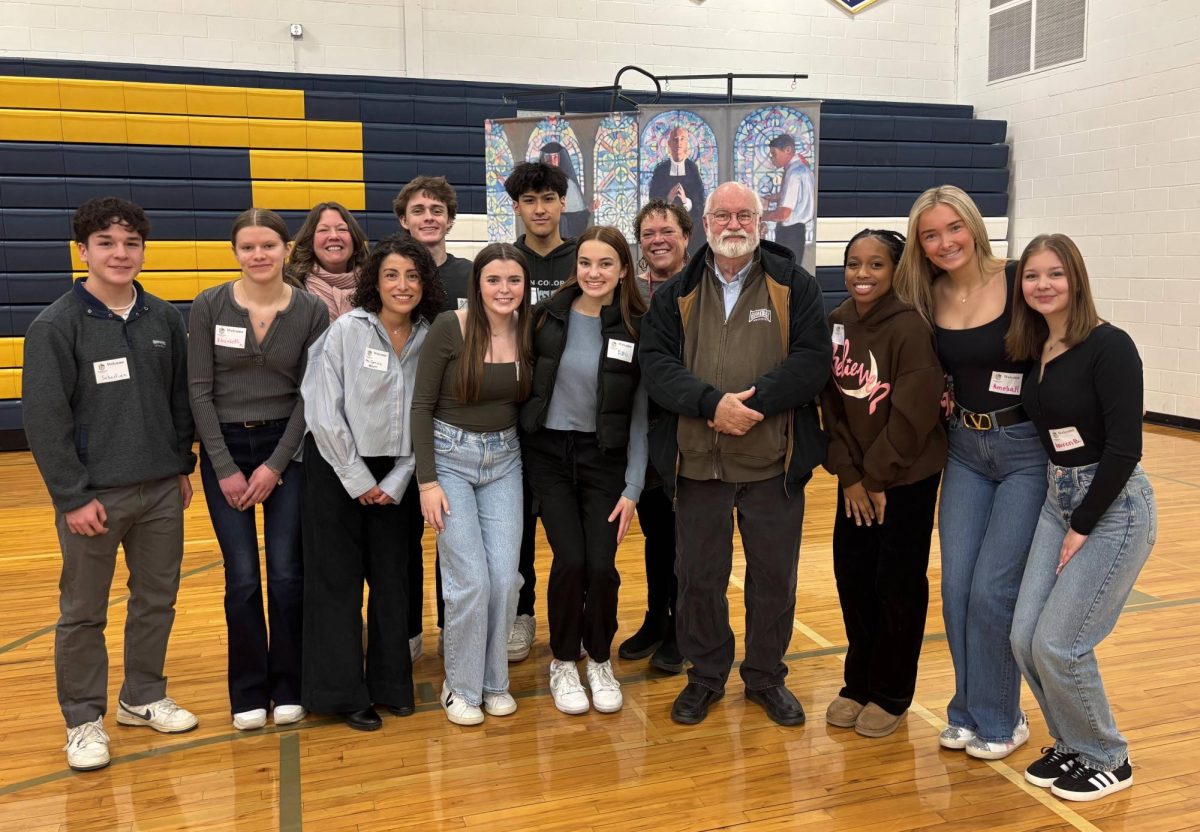
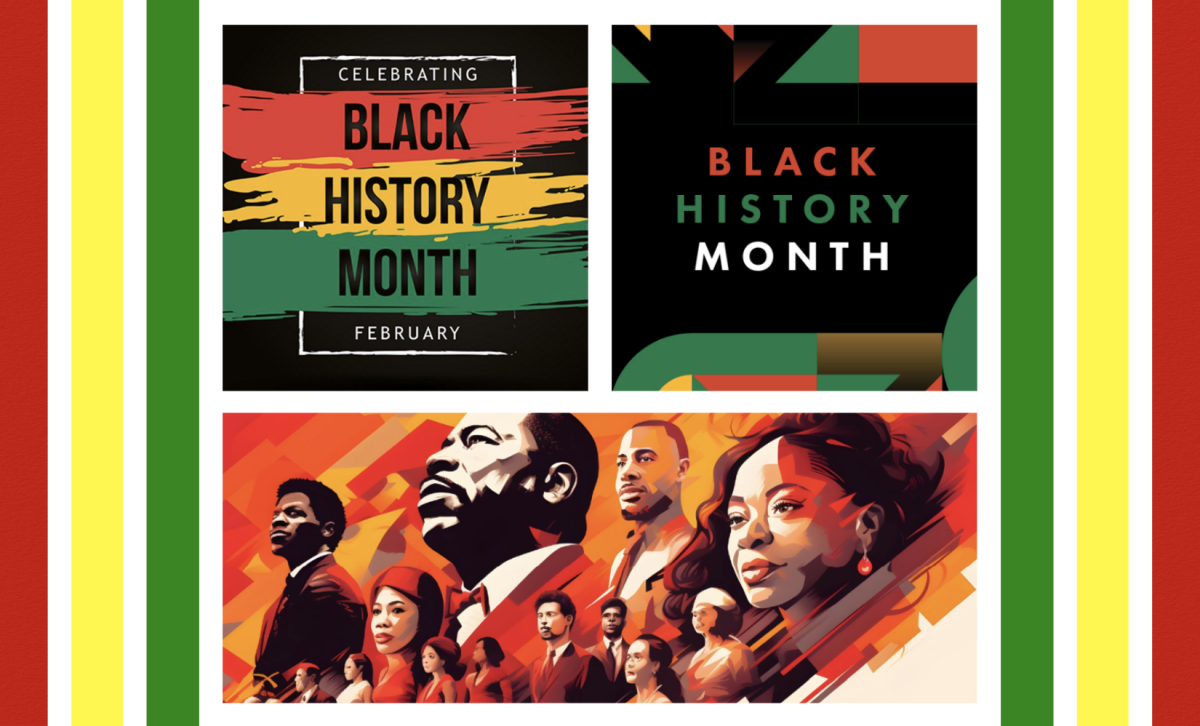
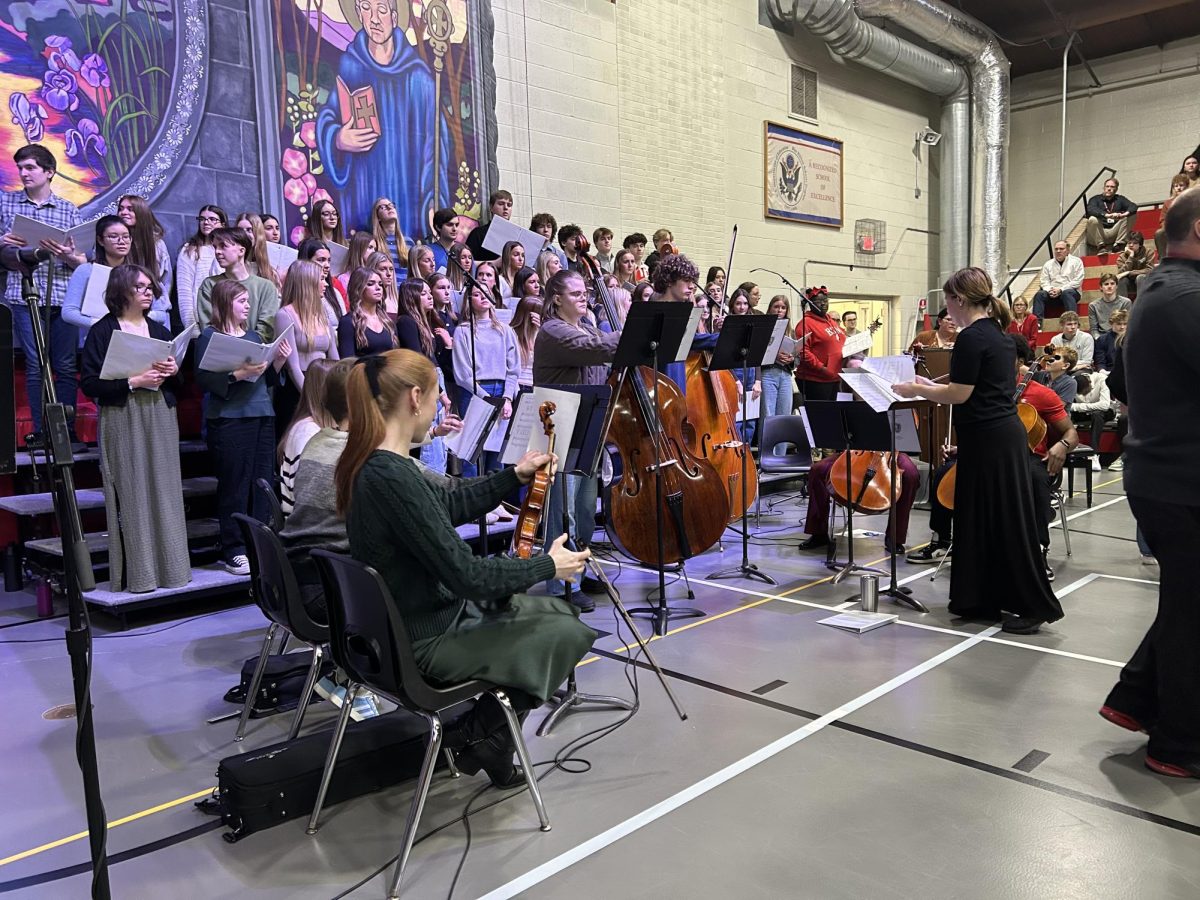
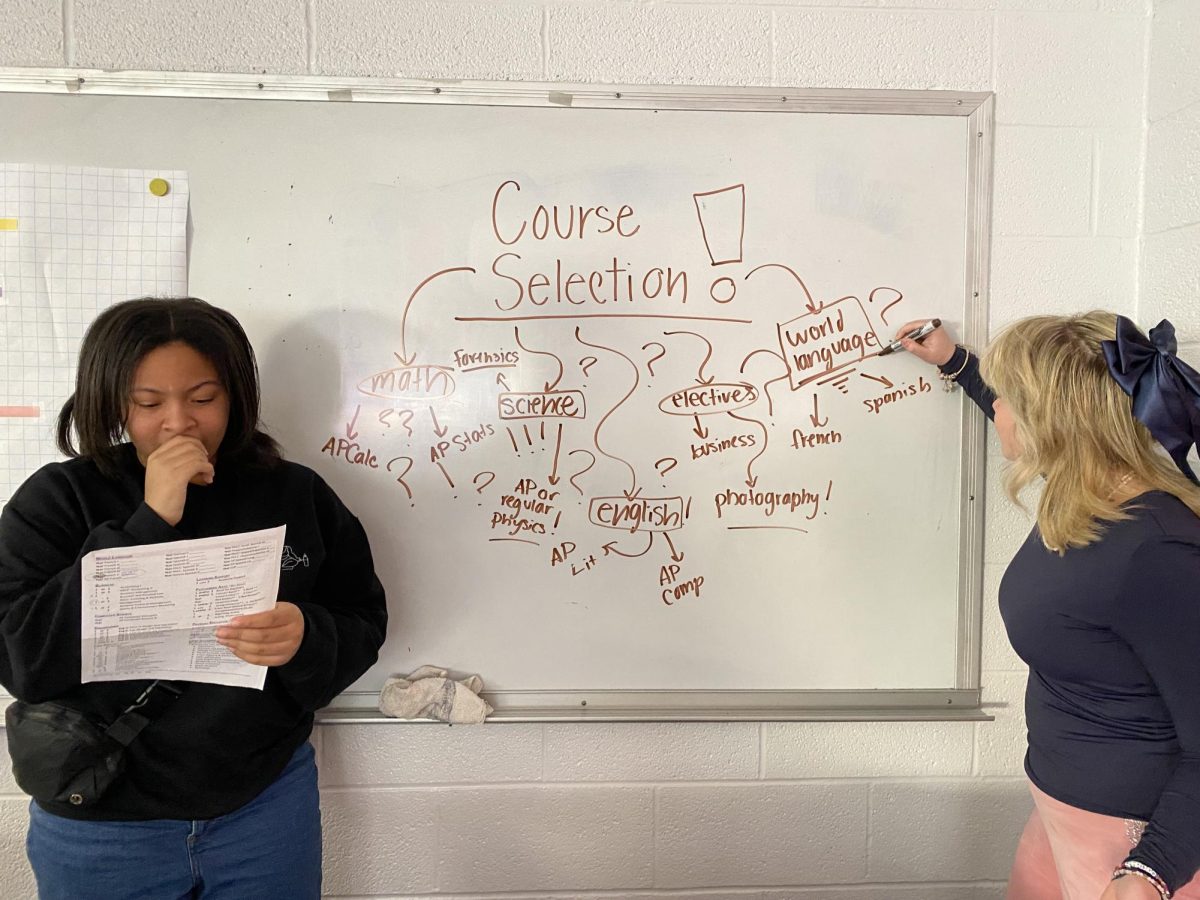
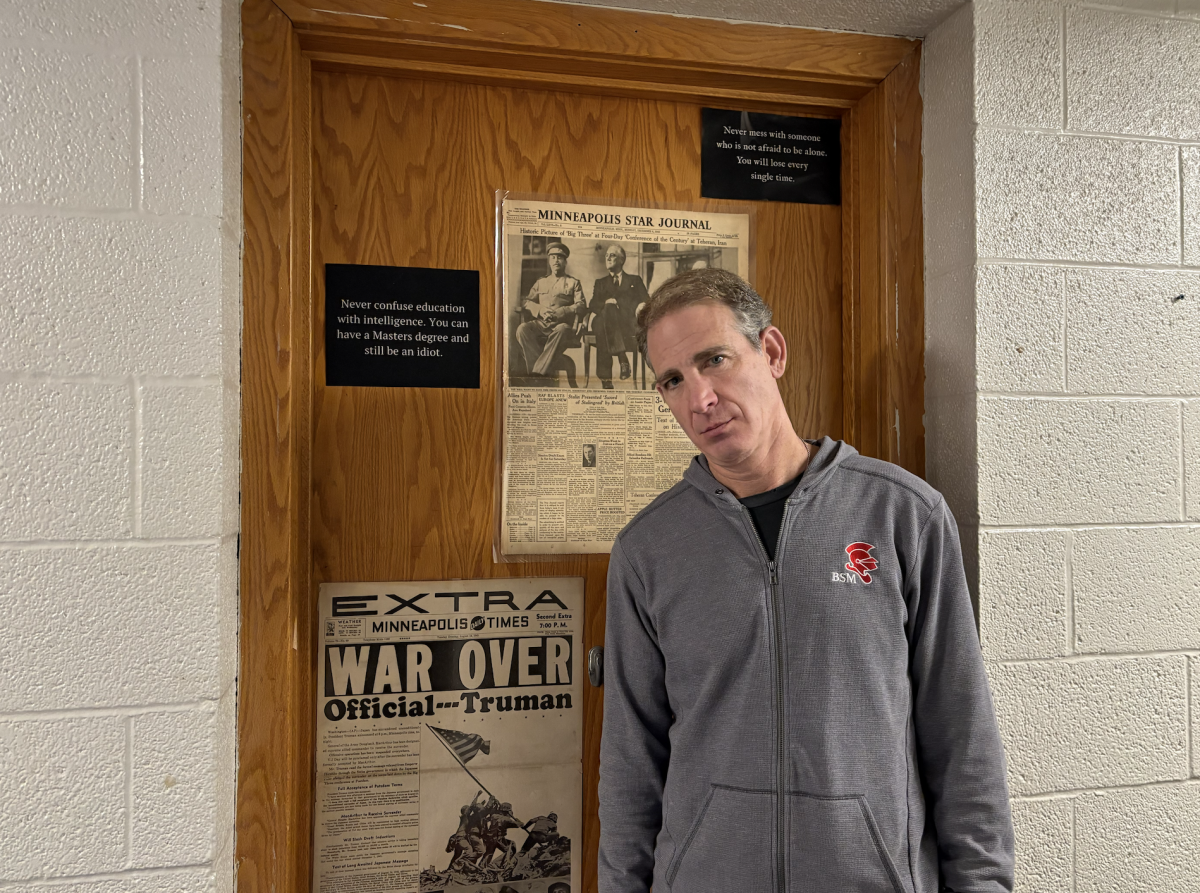

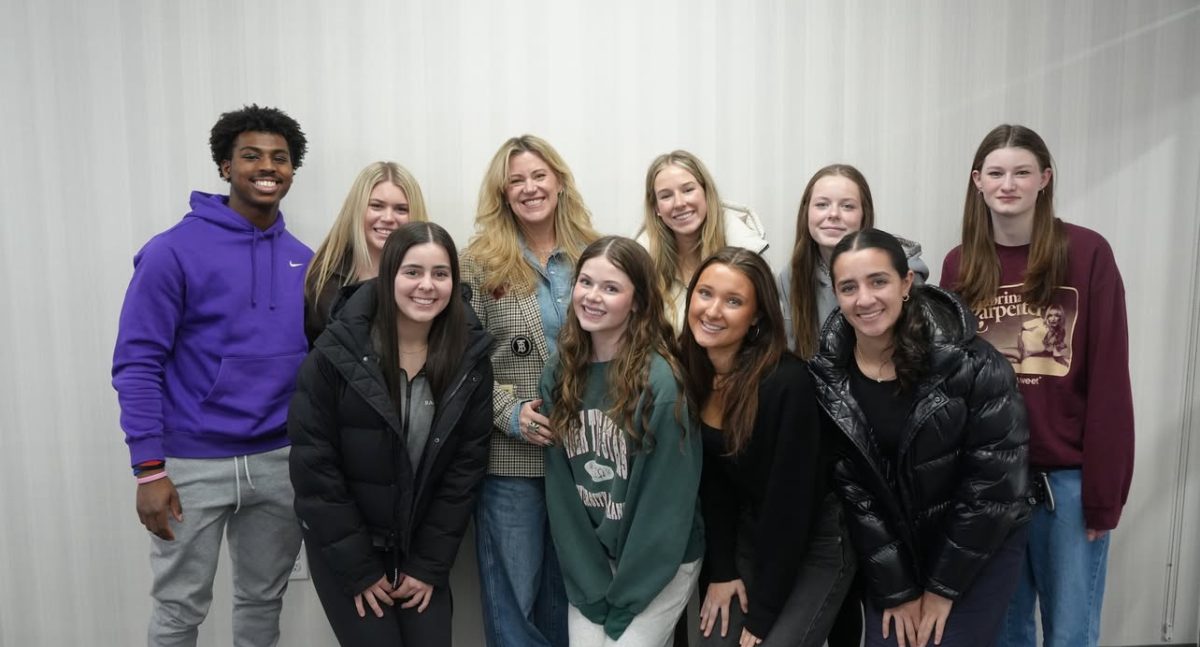
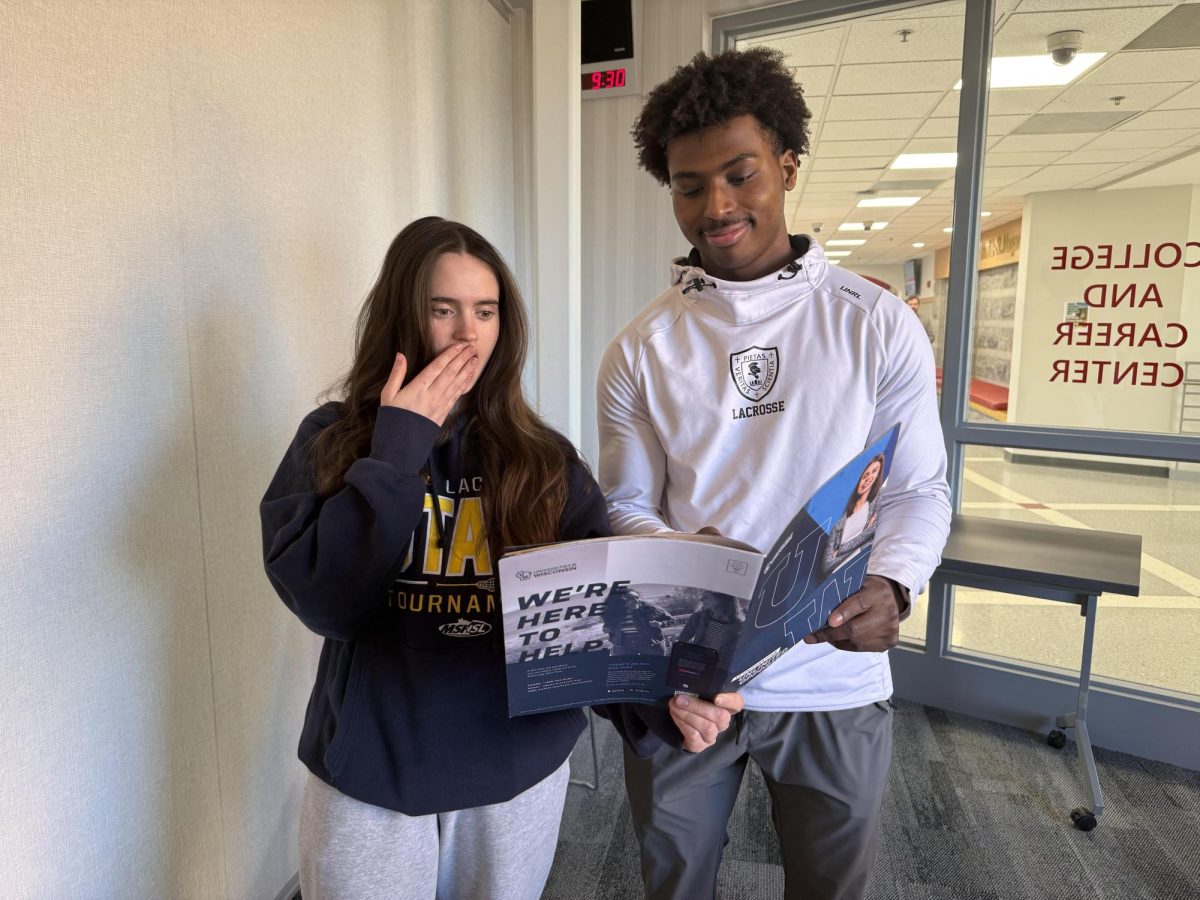


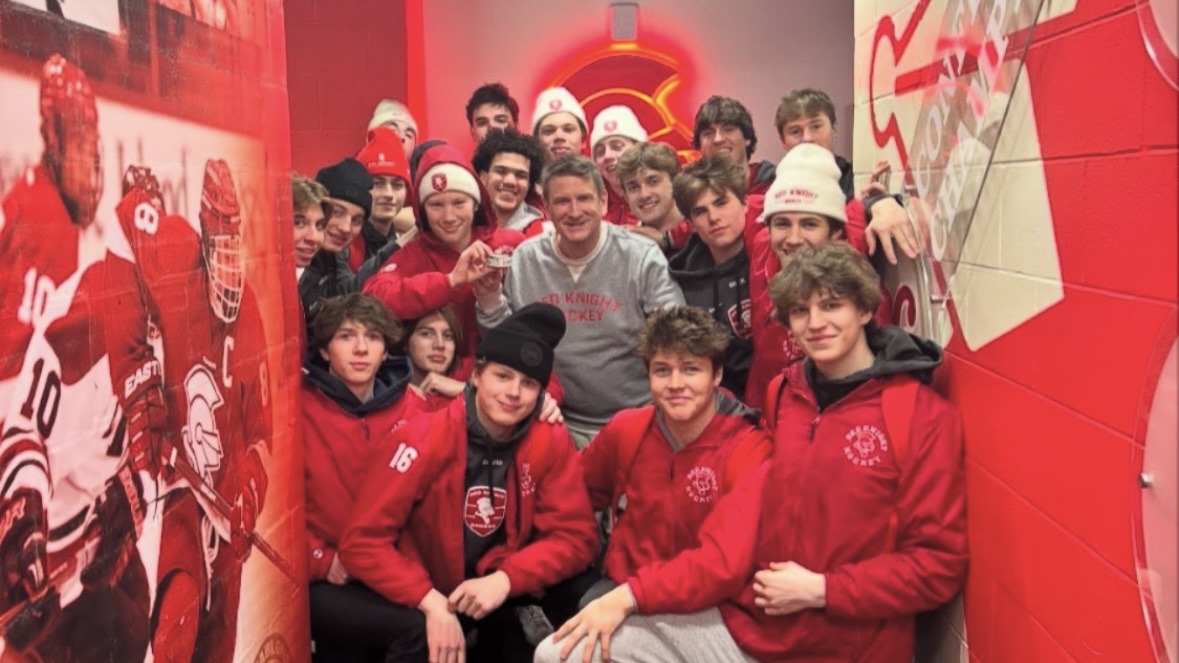

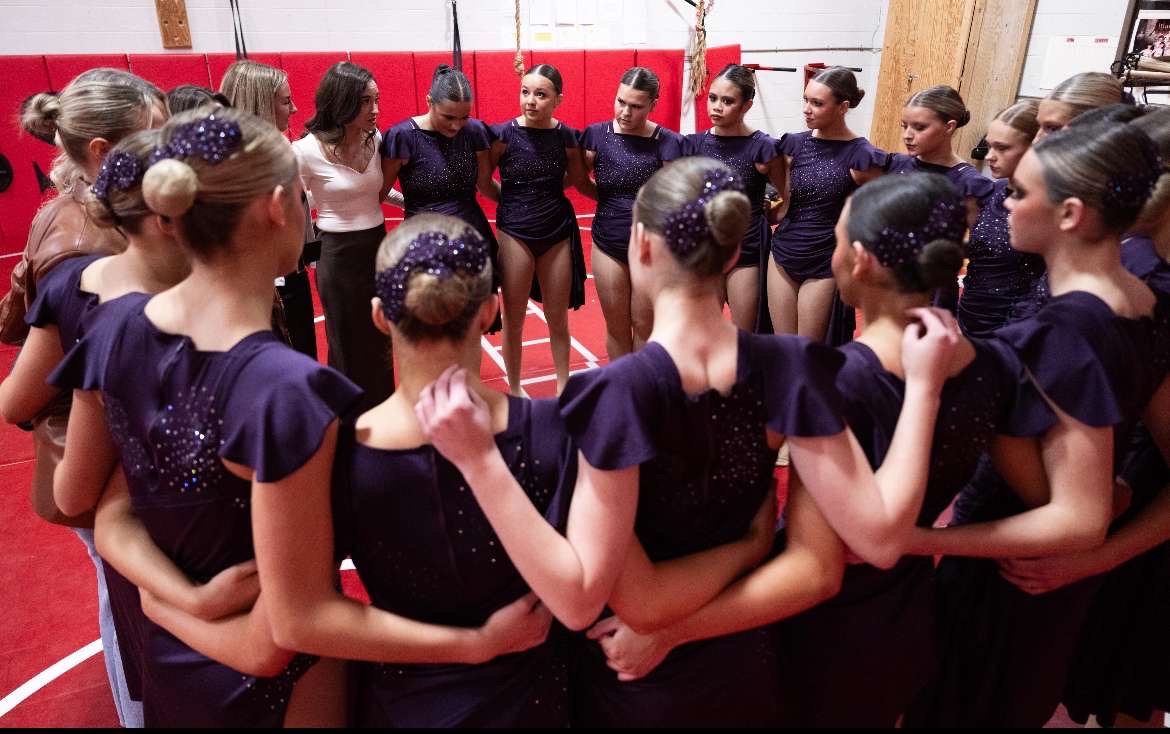







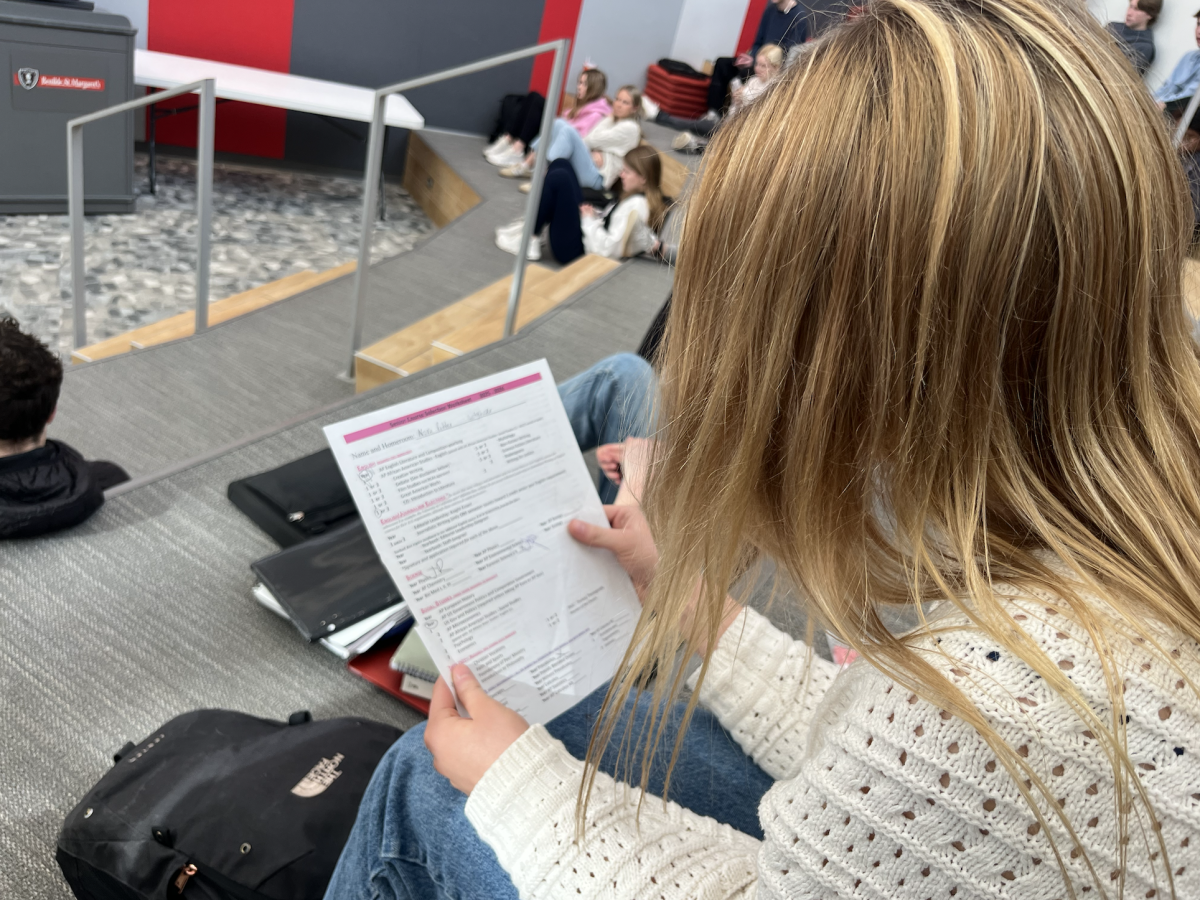
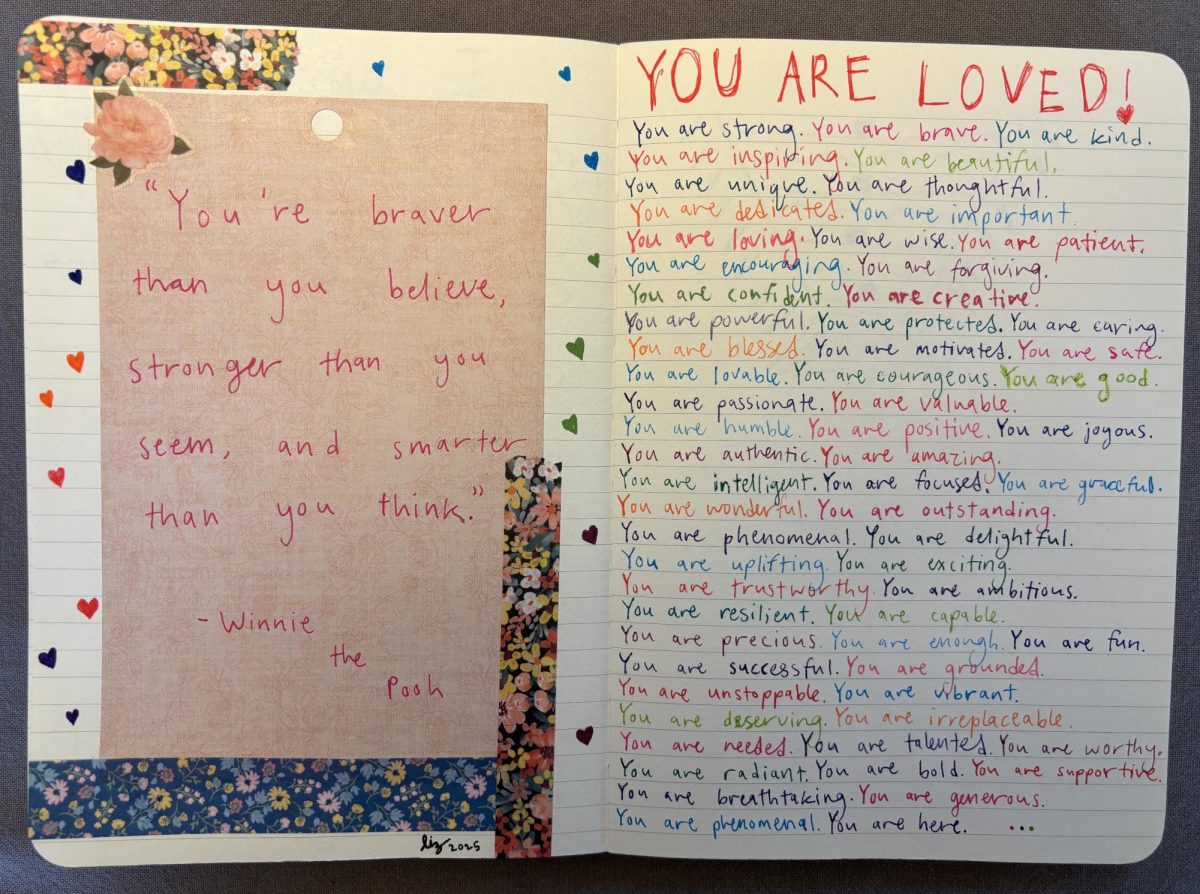
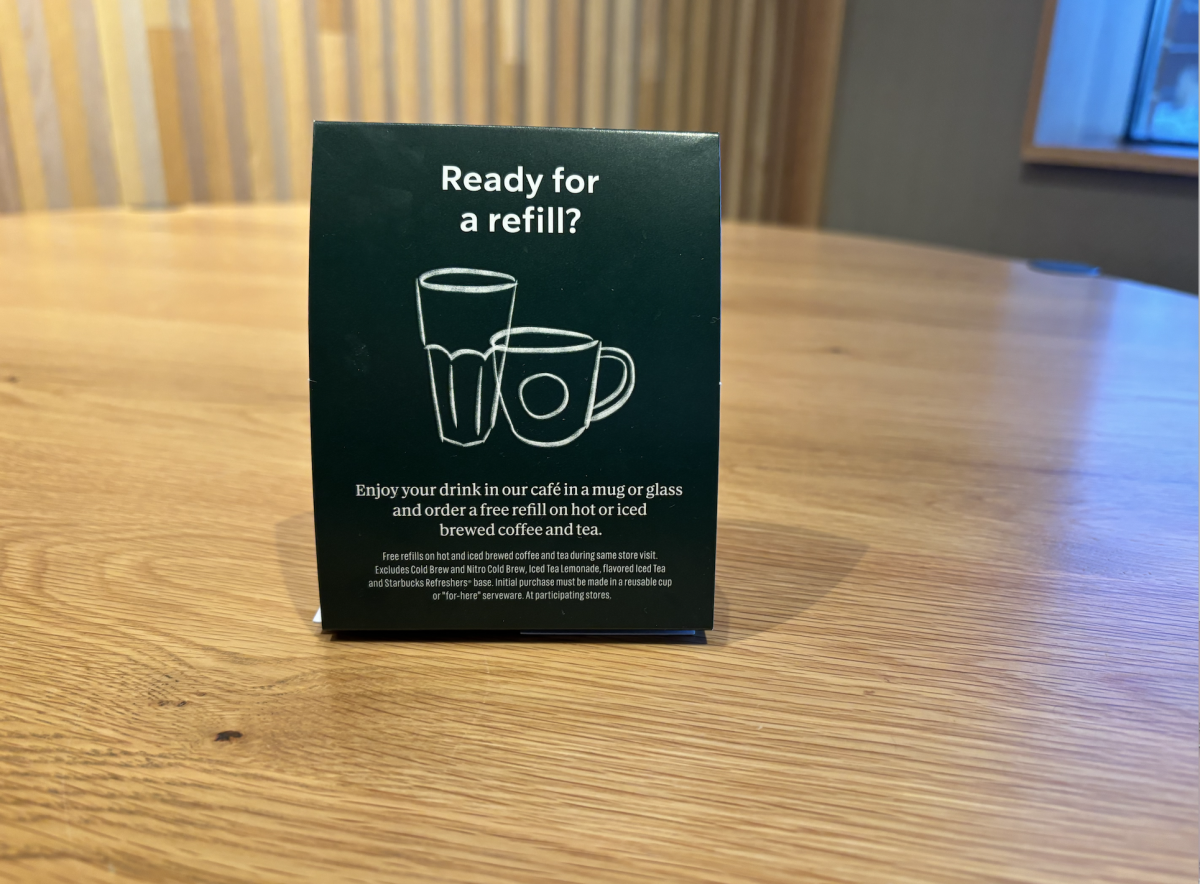



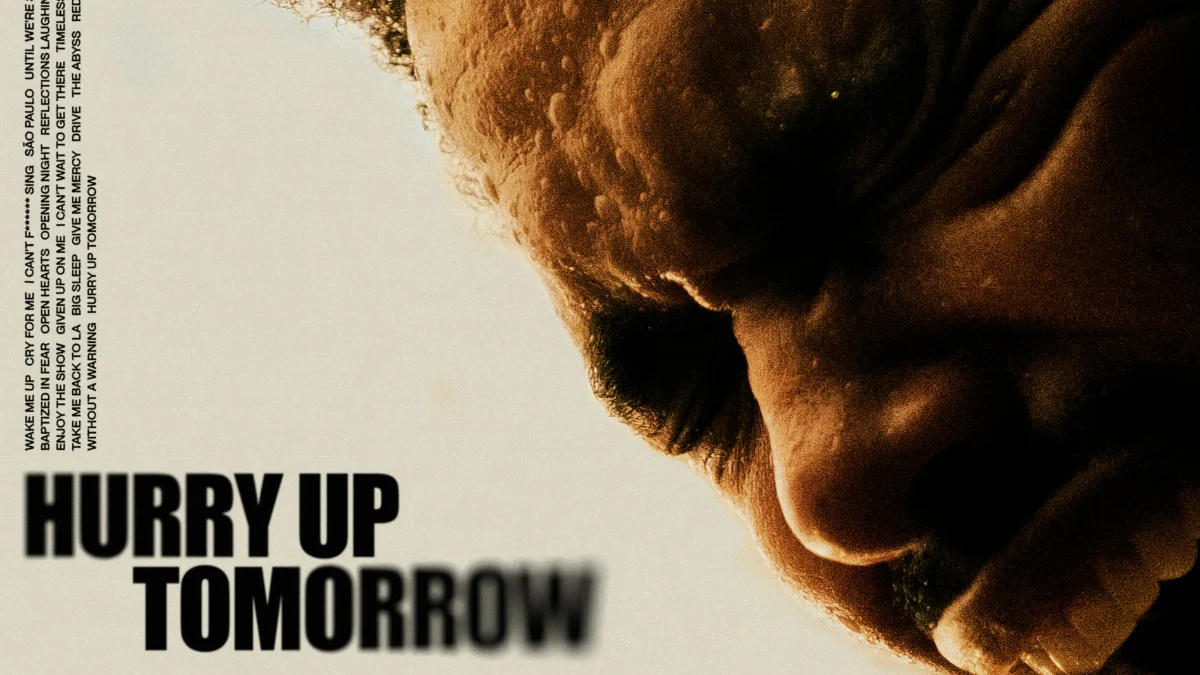





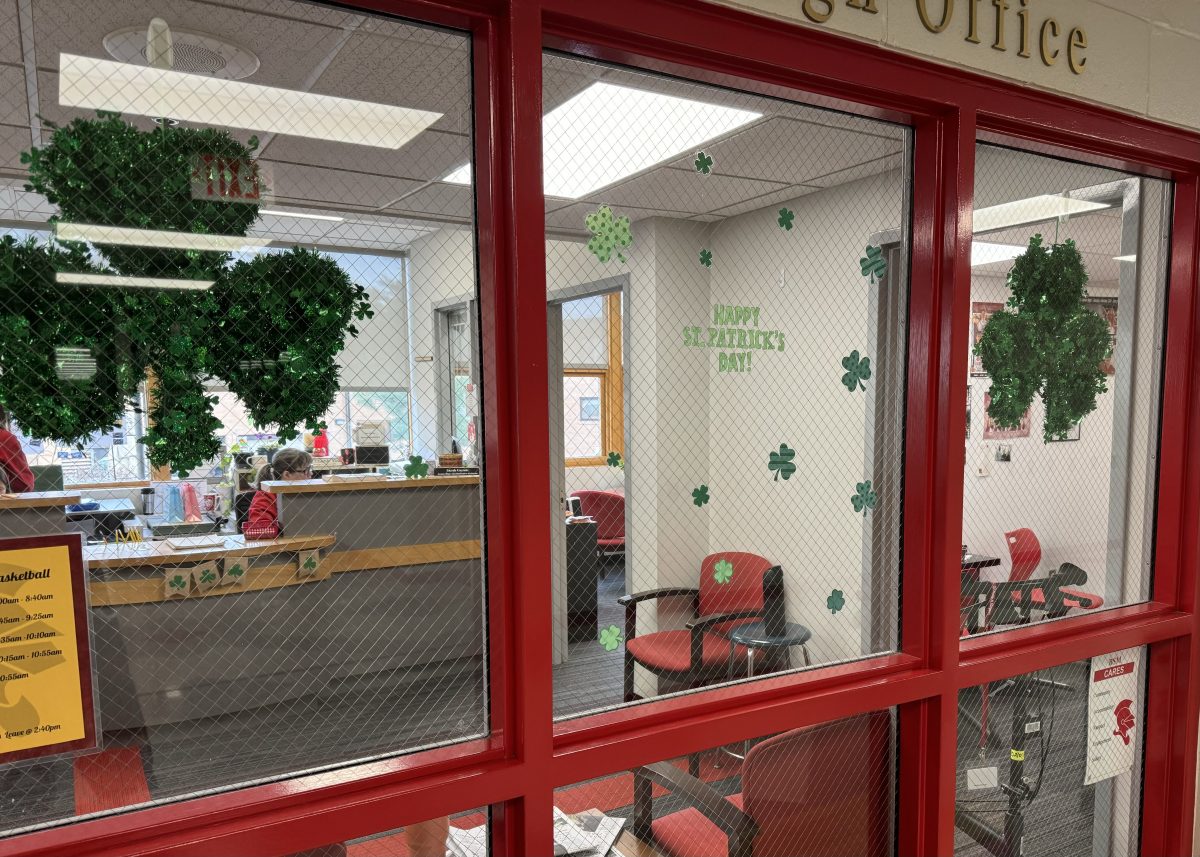
![Teacher Lore: Mr. Henderson [Podcast]](https://bsmknighterrant.org/wp-content/uploads/2025/03/teacherlorelogo-1200x685.png)


